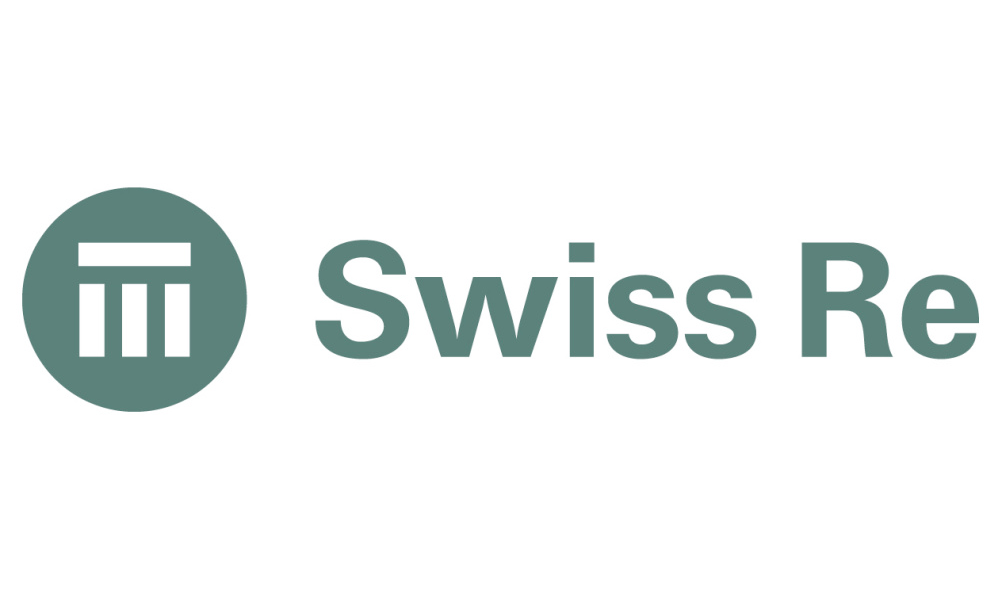In a recent report by Swiss Re Sigma, the insurance industry’s cost of capital (CoC) has surged to its highest point in a decade due to a confluence of factors, primarily driven by the impact of the COVID-19 pandemic and subsequent economic events.
 One of the key factors contributing to this increase is the rise in equity risk premia, which have remained elevated since the onset of the pandemic.
One of the key factors contributing to this increase is the rise in equity risk premia, which have remained elevated since the onset of the pandemic.
The report notes that investors became more risk-averse during the 2020 recession, causing stock markets to fall and equity risk premia to soar. This shift in investor sentiment continues to affect the insurance sector, where CoC has remained high.
Furthermore, the report highlights the influence of monetary policy tightening, which began in 2021, on insurers’ CoC. As central banks raised risk-free interest rates, the cost of equity capital for insurers increased significantly. These developments have set elevated hurdles for the industry’s return on equity (ROE).
To ensure consistency in their calculations, Swiss Re Sigma chose to keep equity risk premia and stock betas constant, basing their CoC calculations from 2020 onwards on the pre-COVID-19 decade’s average metrics.
The extreme market volatility during the pandemic years distorted long-term investor expectations, making this approach necessary to isolate the effect of rising interest rates.
The report predicts that the impact of higher risk-free interest rates through the end of 2023 will be most pronounced in Europe, with an expected increase in CoC ranging from 310 to 380 basis points (bps), except for Switzerland, where the rate is anticipated to rise by only 180 bps.
In North America, the U.S. is expected to experience a 270 bps increase, while Canada’s rate is forecasted to rise by 210 bps. The Asian region saw significant rate increases in Australia, up by 250 bps, and a more modest increase in Japan, with rates rising by 60 bps. China, however, experienced a decrease of 30 bps due to its stable monetary policy.
Despite the challenges posed by higher CoC, the report suggests that higher interest rates can lead to increased profitability for non-life insurance companies.
This is primarily driven by higher asset returns on invested underwriting cashflows and technical provisions. The report presents a model demonstrating that the profitability benefits for new business significantly outweigh the increased cost of capital.
This boost in profitability incentivises stronger growth in 2023, even with an expected deterioration in the combined ratio between 2021 and 2023.
It’s worth noting that the report focuses on new business and does not consider the implications of the inflation surge on reserves adequacy and other factors affecting calendar year profitability.


